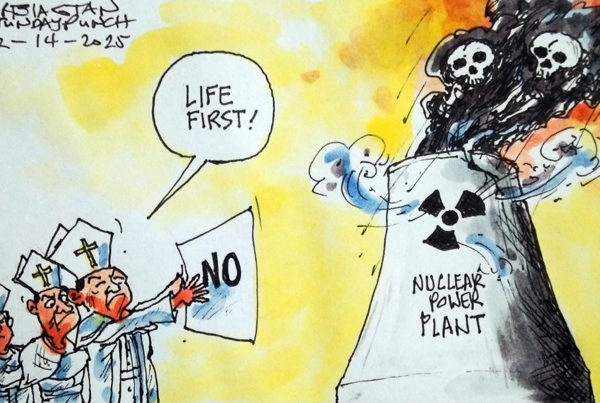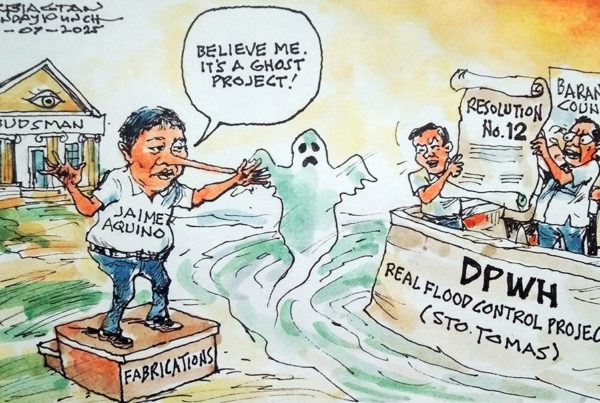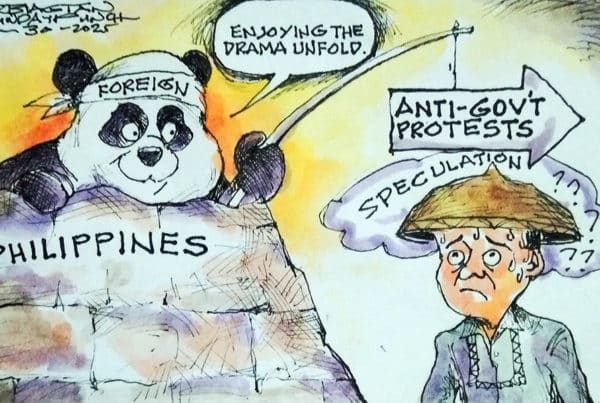Editorial
It takes a village
The barangay may be the smallest government unit but it is a political structure that is deeply rooted in the Filipino soul.
In pre-colonial Philippines, long before the country’s progression towards the concept of nationhood, barangays were already in place. Our forefathers formed small communities and each was headed by a village chief known as the datu.
The colonizers, recognizing the value and strength of these small communities, built bigger political units that were still based on the barangay.
During the Spanish era, most of the datus evolved as cabezas de barangays, and they were mainly tasked to collect taxes. Barangays were then clustered into towns.
The barangay, believed to have come from the word balangay which refers to Malayo-Polynesian boats that plied Philippine coasts for trade and eventual settlement, became popularly referred to as barrios during the American period.
At present, as stipulated under the 1991 Local Government Code, each barangay is headed by a chairman, or more popularly referred to as the captain (kapitan in the vernacular), with seven council members (kagawad) plus the Samahang Kabataan (SK) chairman as the eighth member.
Much like the President and the cabinet at the national level, each kagawad under the kapitan is assigned a committee, including peace and order, infrastructure, education, health, agriculture, tourism, finance, and youth and sports. Three other kagawads are appointed to be members of each committee.
In effect, each barangay – and there are 41,995 as of last count – is actually a mini version of the Philippines where the leaders can have a significant impact on the various facets of the community’s life.
And that impact could actually be more immediate, more substantial because it is right there at the grassroots level.
Tomorrow, October 29, as the nation takes a break from its usual daily grind to vote for its community leaders, it would be fitting to look at the exercise with the bigger perspective that each barangay could very well be an epitome of what the Philippines can be.
It takes a village to form a town, a town to form a province, a province to form a region, and a region to form a nation.










